The Republican budget bill, called the One Big Beautiful Bill Act (OBBBA) has severely damaged the outlook for rooftop residential solar for the next five years, said a report from Wood Mackenzie.
The report said that federal policy changes will lead to as much as 46% less installations through 2030 nationwide when compared to a business-as-usual case.
“Many companies will not be able to stay in business,” said Zoe Gaston, principal at Wood Mackenzie.
The OBBBA led to the cancellation of the 25D residential solar tax credit offered directly to homeowners that covers 30% of installed system costs. The credit ends in 2025, and you can read more about qualifying it here.
The bill also eliminates the 48E investment tax credit for customers who decide to lease their solar array. The credit made available to the installer and the customers receive a discount on their leased system. This credit is available for projects begin construction of the installations by July 4th, 2026, or place the systems in service before January 1, 2027. Due to this distinction, states that do not have laws in place that allow solar leases or power purchases agreements are expected to become “holes in the market.”
Another concern is restrictions on projects that include content from foreign entities of concern (FEOC), which generally applies to products sourced from Chinese entities.
However, Wood Mackenzie sees a robust long-term market for residential solar. The report said growth is expected to return after 2028.
“The market will eventually adapt, and the remaining players will diversify and find ways to cut costs,” said Gaston. “Further, rising retail rates will continue to make the residential solar value proposition more compelling.”
The residential solar total addressable market is projected to reach nearly 1,500 GW by 2050, it said. Based on U.S. Census data, Wood Mackenzie estimates approximately 92 million single-family owner-occupied residential homes will exist by 2050, with potential for more than 70 million homes to add solar over the next 25 years after excluding “unsuitable properties and those with existing installations.”
Even in a conservative 25-year outlook, which assumes 12% total available market penetration, the market would add 150 GW of residential solar by 2050.
“However, a lot can change in 25 years, including technological and product advancements, business model evolution, and cost declines that can accelerate residential solar growth,” added Gaston. “We expect a more positive outcome than our low-case scenario.”
This content is protected by copyright and may not be reused. If you want to cooperate with us and would like to reuse some of our content, please contact: editors@pv-magazine.com.
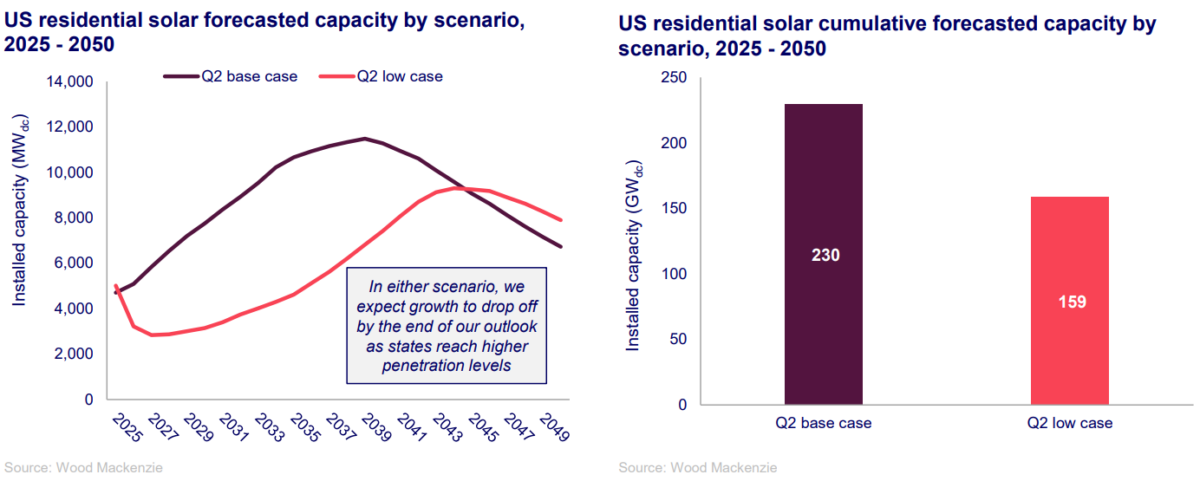
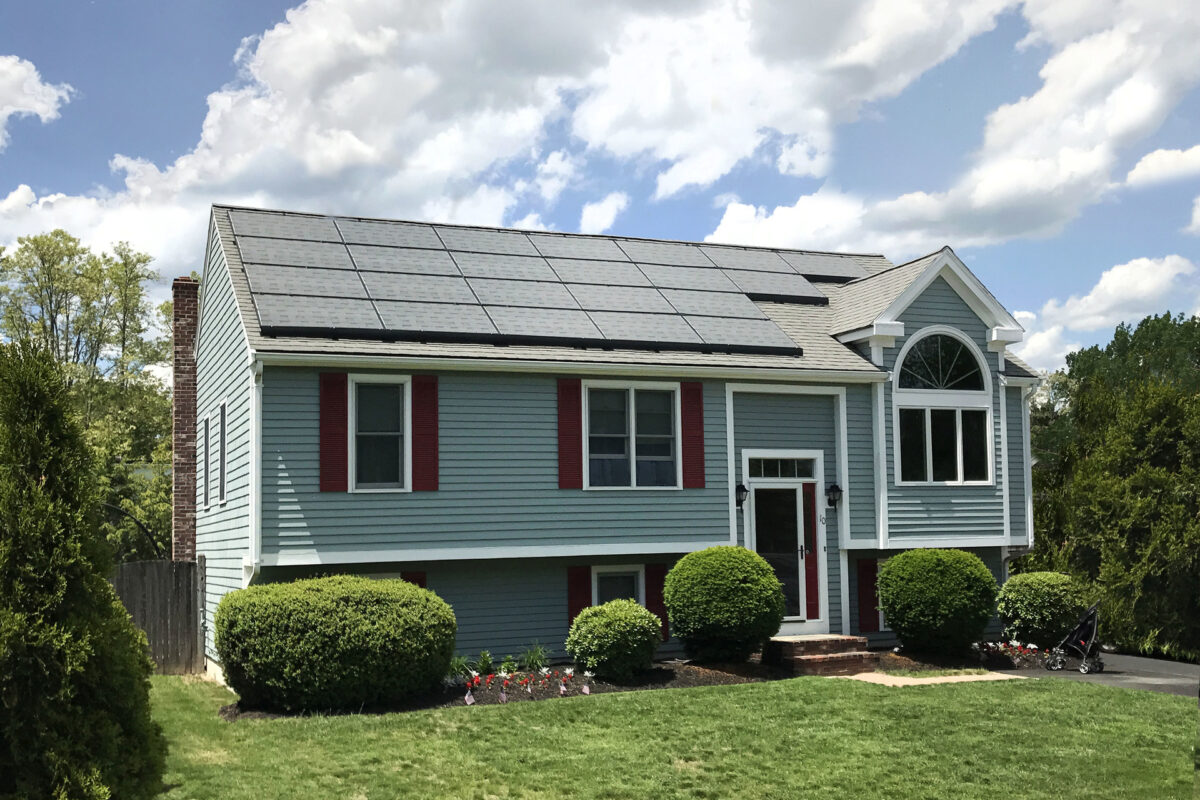


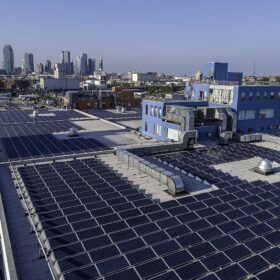
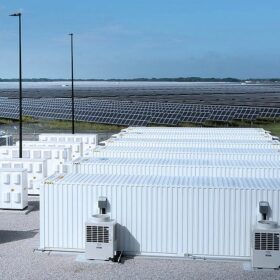
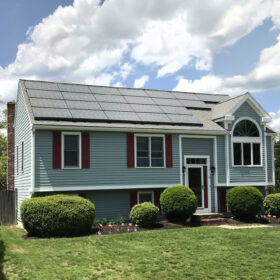


By submitting this form you agree to pv magazine using your data for the purposes of publishing your comment.
Your personal data will only be disclosed or otherwise transmitted to third parties for the purposes of spam filtering or if this is necessary for technical maintenance of the website. Any other transfer to third parties will not take place unless this is justified on the basis of applicable data protection regulations or if pv magazine is legally obliged to do so.
You may revoke this consent at any time with effect for the future, in which case your personal data will be deleted immediately. Otherwise, your data will be deleted if pv magazine has processed your request or the purpose of data storage is fulfilled.
Further information on data privacy can be found in our Data Protection Policy.